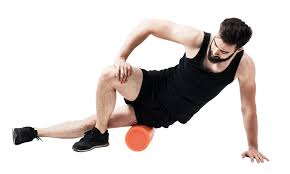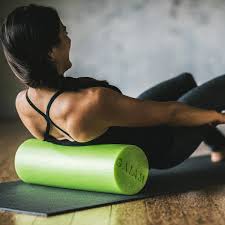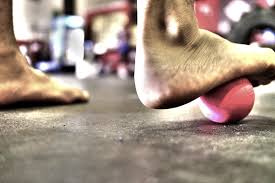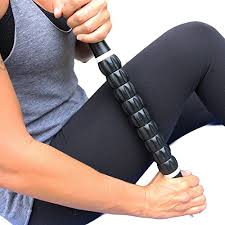So many tools, so little time!
We are in an era where tools for myofascial release abound. There are so many choices, that it can become confusing as to what tool to use for what issue and how often, how much and….
The confusion can go on and on. Let’s try to unpack some of this to make it easier to understand.
First of all it is important to understand what the purpose of these tools are for. Muscles build up tension from such stressors as exercise, poor posture, work and lifestyle habits and even from emotional stress. Have you ever been in terrible traffic for a long amount of time and found yourself reaching for your neck to give it a rub because it feels tight? Tightness that stress has caused initiates the body to respond by sending more fascia to the muscles in the area that is feeling stressed. Fascia is a thin sheath of fibrous tissue that encloses muscles and organs in the body. When extra is needed, it is produced with a stickiness to it, so that it will adhere to the area in need. When the build up is profound, it can feel like a lump or a knot, which we call adhesions.
Adhesions can be softened and broke apart to release tension in the muscle by using massage tools. The best tool for this is of course the hands of a professional massage therapist and one should be consulted for guidance before digging into your own muscles using various tools that could actually cause more problems than they solve. Often myofascial tools are used in the wrong place and are used with too much aggression. Using too much aggression can actually cause the body to build up even more adhesions to protect the area that is being damaged. Consulting a professional to plan a course of action is essential to success. Most people can not afford the time or money to have a professional massage everyday, so the popularity of self massage with myofascial release tools has become increasingly more popular.
The tricks to success with self massage is to find the right tool for the right spot and to go slow and easy, building up to a point where your body can handle deeper pressure for longer periods of time, without soreness or more tightness developing. If you’re using a tool for massage and become sore or bruised, you could be doing more harm than good. Better safe than sorry. Leave the more intensive adhesion removal to the professionals. Massage therapist have been trained and certified to be able to go to a deeper level, while retaining beneficial results. Often after injuries or surgeries, physical therapists are needed to use very aggressive measures to break up scare tissue that has developed. This level of tissue work requires the education and training that only they can provide.
Often, after seeing a physical therapist for a time, a massage therapists can continue to keep the tissues released on a weekly basis and then you will be able to use a myofascial release tool to daily maintain suppleness. Tools come in various sizes and firmness. It is a good idea to start out with a softer tool and slowly work your way to a firmer one. Only apply pressure to your muscles for a short amount of time and then slowly add additional time, if you’re muscles aren’t becoming sore.
Talk to your therapist about what tools would work best for you and ask for some tips on how best to self massage your problem area to release fascia and tension.
We are located inside the beautiful San Diego Tennis and Racquet Club.
Our rooms overlook the pool area.
Jacuzzi, steam room, sauna, showers & robes are available.
There are showers and robes as well.
Our rooms overlook the pool area.
Jacuzzi, steam room, sauna, showers & robes are available.
There are showers and robes as well.
Massage therapy is the best kind of therapy!


Massage Extraordinaire
San Diego Tennis and Racquet Club
4848 Tecolote Rd. San Diego, Ca
Appointments (619) 295-3516
1sdmassage@gmail.com
1sdmassage@gmail.com






